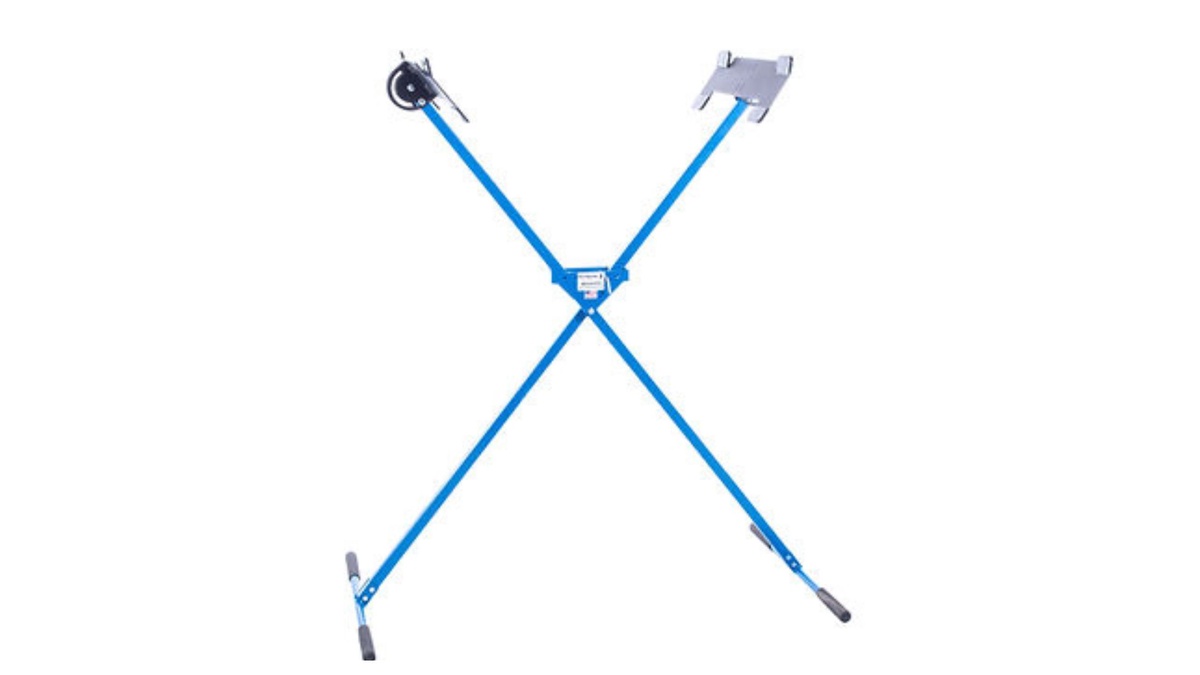Automotive bodywork professionals operate in an environment that demands precision, skill, and safety. Proper protective gear becomes paramount as they strive to restore vehicles to their former glory. This comprehensive guide delves into the essential protective equipment required by professionals working with automotive bodywork tools, emphasizing the significance of safety in collision repair shops.
The Crucial Role of Automotive Bodywork Tools
Automotive bodywork tools are indispensable in the process of repairing and restoring vehicles after collisions. These tools range from dent pullers and welders to spray guns and sanders. While these tools are essential for achieving high-quality repairs, they also pose potential hazards to the professionals using them. Thus, prioritizing safety through the use of appropriate protective gear is non-negotiable.
Understanding the Risks
Before exploring the protective gear, it's essential to understand the risks associated with automotive bodywork tools. Exposure to dust, fumes, and loud noises is common in collision repair shops. Using power tools can also lead to potential eye injuries, skin irritations, and respiratory issues. Recognizing these risks underscores the need for protective measures.
Eye Protection
Eye injuries are among the most common in collision repair shops due to the nature of the work involved. Safety goggles or face shields are vital to shield the eyes from sparks, debris, and harmful chemicals. Choosing eye protection with anti-fog and scratch-resistant features ensures clear vision throughout the work, enhancing both safety and efficiency.
Respiratory Protection
The inhalation of dust and fumes poses a significant health risk to automotive bodywork professionals. Respirators, especially those with filters designed for particulate matter and chemical vapors, act as a barrier against harmful airborne substances. Proper ventilation systems in the workspace further contribute to maintaining a safe breathing environment.
Hearing Protection
Power tools in collision repair shops expose professionals to high noise levels, leading to hearing impairment over time. Earplugs or earmuffs are crucial in attenuating the noise and safeguarding the auditory health of professionals. Investing in hearing protection that balances noise reduction and communication effectiveness is essential for a productive and safe work environment.
Hand and Skin Protection
Automotive bodywork involves handling materials that can be abrasive or harmful to the skin. Gloves made from durable stuff such as nitrile or leather protect against cuts, abrasions, and chemical exposure. Additionally, wearing long-sleeved shirts and pants can minimize skin exposure to potential hazards, ensuring a comprehensive approach to personal safety.
Protective Clothing
Wearing appropriate clothing is often overlooked but is crucial in ensuring overall safety. Coveralls made from durable and flame-resistant materials provide full-body protection against sparks and potential chemical splashes. This comprehensive coverage minimizes the risk of clothing catching fire and protects the professional from head to toe.
Safety Footwear
Working in a collision repair shop may involve heavy objects and potential hazards on the floor. Strong, closed-toe shoes or boots with slip-resistant soles protect against falling objects and minimize the risk of slips and falls. Safety footwear also provides added protection in the event of spilled chemicals or hot materials on the shop floor.
Hearing Protection
Power tools in collision repair shops expose professionals to high noise levels, leading to hearing damage over time. Earplugs or earmuffs are crucial in attenuating the noise and safeguarding the auditory health of professionals. Investing in hearing protection that balances noise reduction and communication effectiveness is essential for a productive and safe work environment.
Regular Maintenance of Protective Gear
Ensuring the longevity and effectiveness of protective gear requires regular maintenance. Cleaning and inspecting safety goggles, respirators, gloves, and other protective equipment should be part of a routine to identify any wear and tear. Replacement of damaged or worn-out gear is crucial to maintaining high safety for automotive bodywork professionals.
Training and Education
While having the right protective gear is crucial, ensuring that professionals know how to use it effectively is equally important. Regular training and education programs should be executed to familiarize automotive bodywork professionals with the correct usage and maintenance of protective gear. This includes understanding the limitations of each piece of equipment and recognizing when replacements are necessary.
Note: “Knowledgeable and well-trained professionals are better equipped to prioritize their safety and contribute to a secure working environment in collision repair shops.”
The Last Words
In the dynamic and demanding environment of collision repair shops, prioritizing safety is not just a practice—it's a necessity. Protective gear is the frontline defense against potential hazards associated with automotive bodywork tools. From eye protection to respiratory safety and overall personal protective equipment, professionals in this field must embrace a comprehensive approach to safeguard their well-being.
By integrating the right protective gear into their daily routines, automotive bodywork professionals can ensure a safer workplace and continue delivering exceptional results in the art of vehicle restoration!


No comments yet